In the quiet corners of English literature, where the pastoral meets the whimsical, Kenneth Grahame’s The Wind in the Willows stands as a timeless ode to the idyllic countryside. Among its cast of anthropomorphic characters, the Otter emerges as a subtle yet profound reflection of the English country gentleman—a figure both rugged and refined, embodying the spirit of the riverbanks and the unspoken codes of rural society.
The Otter, though not as central as Mole or Ratty, is a presence that lingers in the background, much like the gentlemen of the English shires who prefer the solace of their estates to the bustle of London. He is introduced as a creature of the water, at home in the currents and eddies, yet equally comfortable in the company of his peers. This duality mirrors the country gentleman’s own life: a master of his domain, whether navigating the social currents of the local hunt or the quiet solitude of his library.
Grahame’s portrayal of the Otter is steeped in the aesthetics of the Edwardian era, a time when the English countryside was romanticized as a haven from industrialization. The Otter’s effortless grace in the river, his familiarity with every bend and pool, speaks to the gentleman’s deep connection to his land. Like the Otter, the country gentleman was expected to know his estate intimately—the best coverts for game, the hidden trout streams, the ancient oaks that marked boundaries. This knowledge was not merely practical; it was a mark of belonging, a testament to generations of stewardship.
Yet the Otter is also a figure of warmth and camaraderie. His friendship with Ratty and Mole reflects the social bonds that defined rural gentry life. The country gentleman was never truly isolated; his world was one of visiting neighbors, shared hunts, and fireside conversations. The Otter’s occasional appearances—whether joining a picnic or searching for his lost son, Portly—echo the rhythms of country life, where moments of quiet solitude are punctuated by gatherings and communal efforts.
There is, too, a hint of melancholy in the Otter’s character, a quality that resonates with the fading grandeur of the English country gentleman. By the early 20th century, the traditional landowning class was under pressure from economic shifts and social change. The Otter’s fleeting presence in the novel—sometimes absent for long stretches—mirrors this gradual retreat. His search for Portly, a subplot tinged with anxiety, could be read as a metaphor for the gentry’s own fears of losing their heirs, their legacy, to a changing world.
Grahame, himself a product of this world, infuses the Otter with a quiet dignity. The character never seeks the spotlight, yet his absence would be felt. In this, he embodies the ideal of the English country gentleman: a man who leads not by proclamation but by example, whose strength lies in his quiet competence and his loyalty to friends. The Otter’s final reunion with Portly, a moment of unspoken relief and joy, captures the essence of this archetype—a man who cherishes his family and his home above all else.
In the broader tapestry of The Wind in the Willows, the Otter serves as a gentle reminder of a way of life that was already slipping away when Grahame penned his novel. The riverbank, with its picnics and boating expeditions, is a microcosm of Edwardian England’s rural idyll. The Otter, with his blend of rugged independence and tender-heartedness, is its perfect inhabitant—a mirror held up to the country gentleman, reflecting both his virtues and his vulnerabilities.
To read the Otter as merely a whimsical animal character is to miss the deeper currents Grahame wove into his story. He is a portrait of a class and a culture, a figure who embodies the beauty and the fragility of a world that, like the river itself, is always flowing, always changing. In the end, the Otter stands as one of literature’s most poignant tributes to the English country gentleman—a creature of land and water, of tradition and quiet rebellion.
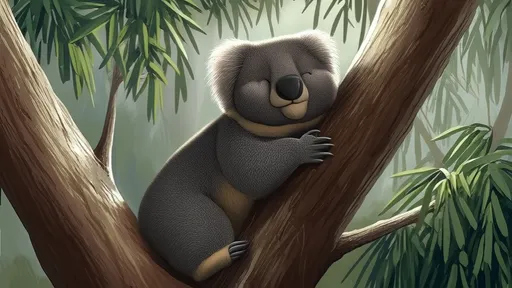
By /Aug 4, 2025
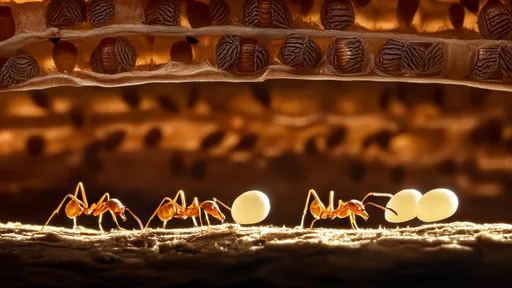
By /Aug 4, 2025
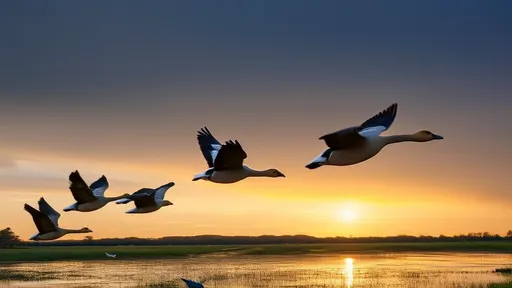
By /Aug 4, 2025
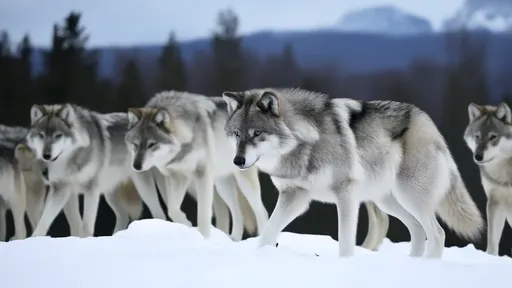
By /Aug 4, 2025

By /Aug 4, 2025
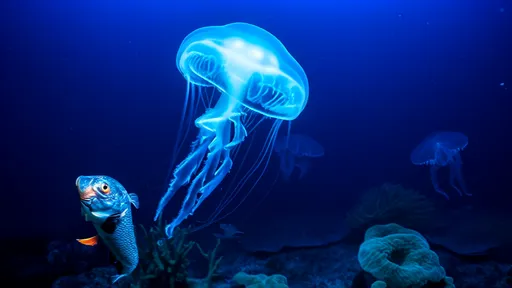
By /Aug 4, 2025
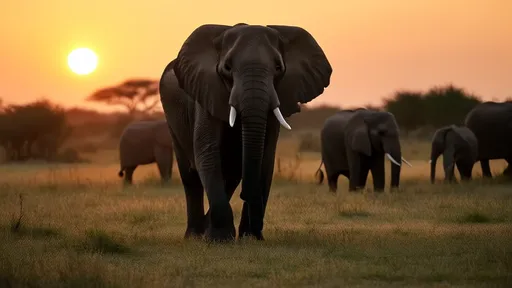
By /Aug 4, 2025
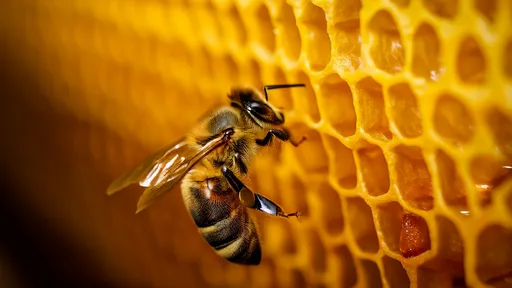
By /Aug 4, 2025
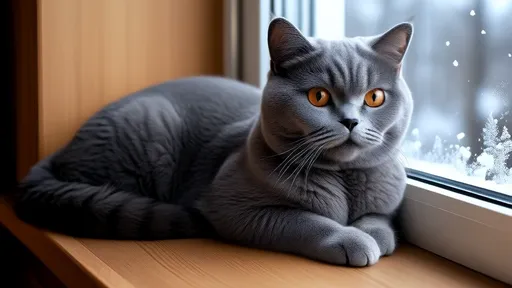
By /Aug 4, 2025
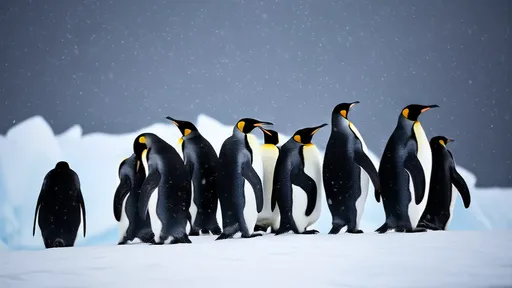
By /Aug 4, 2025
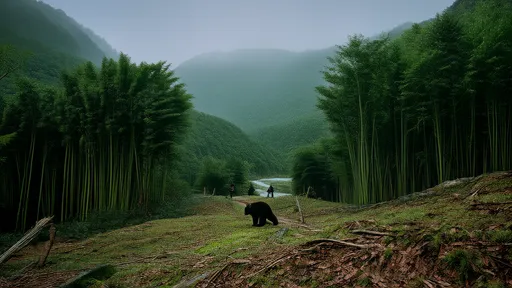
By /Aug 1, 2025

By /Aug 1, 2025

By /Aug 1, 2025
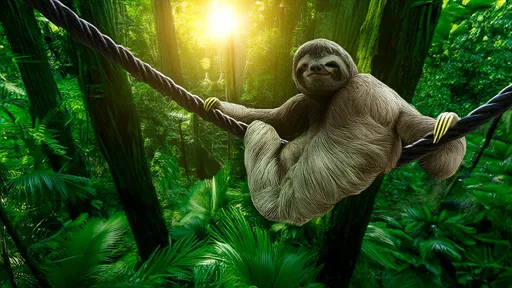
By /Aug 1, 2025
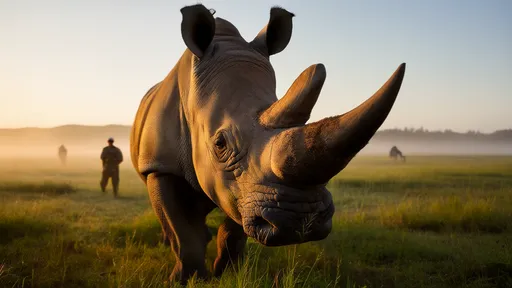
By /Aug 1, 2025
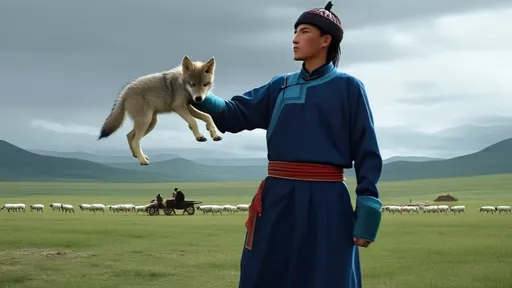
By /Aug 1, 2025
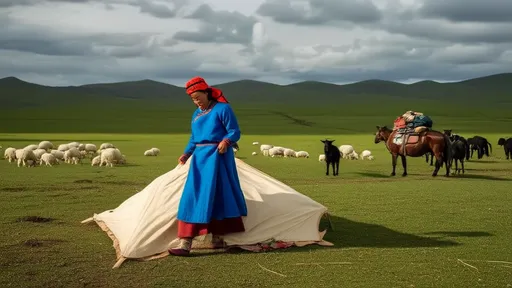
By /Aug 1, 2025
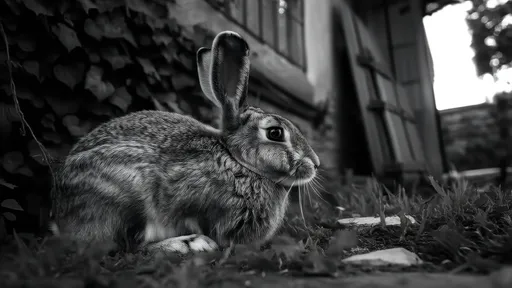
By /Aug 1, 2025
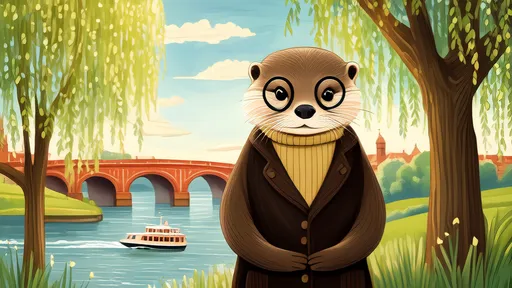
By /Aug 1, 2025

By /Aug 1, 2025